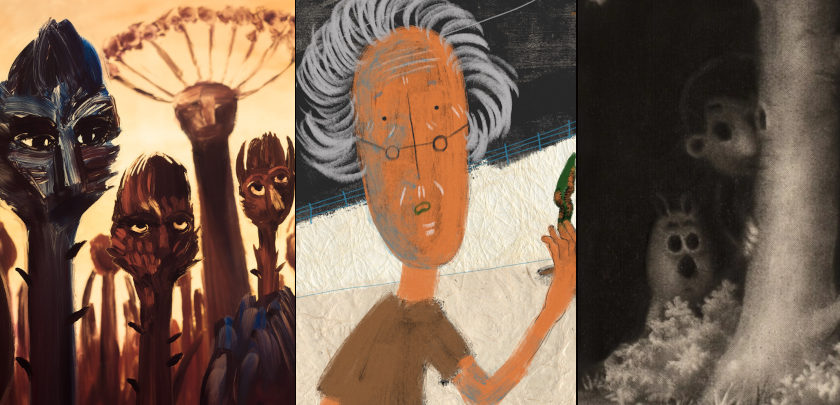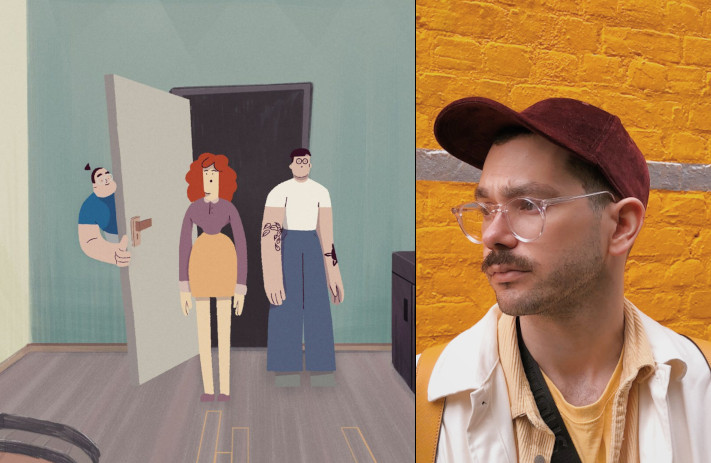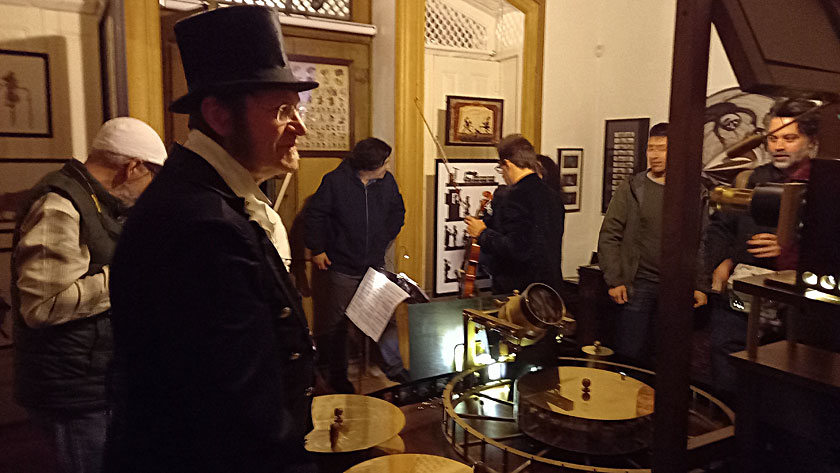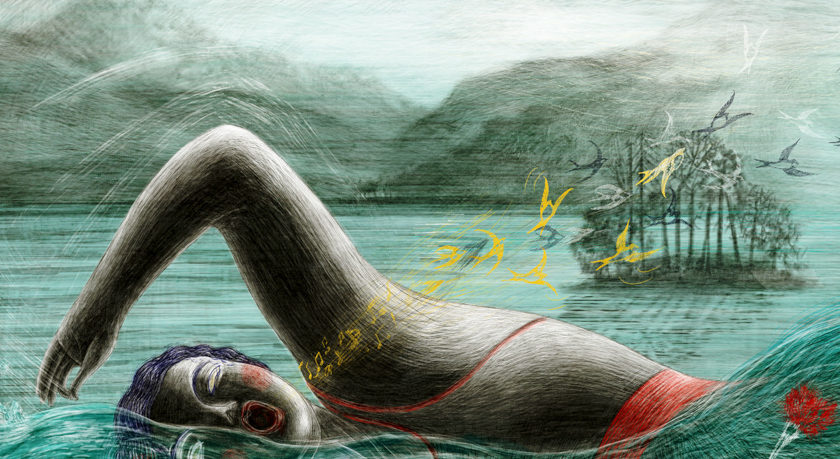Regina Pessoa Films, Ranked (Top Animation Directors)
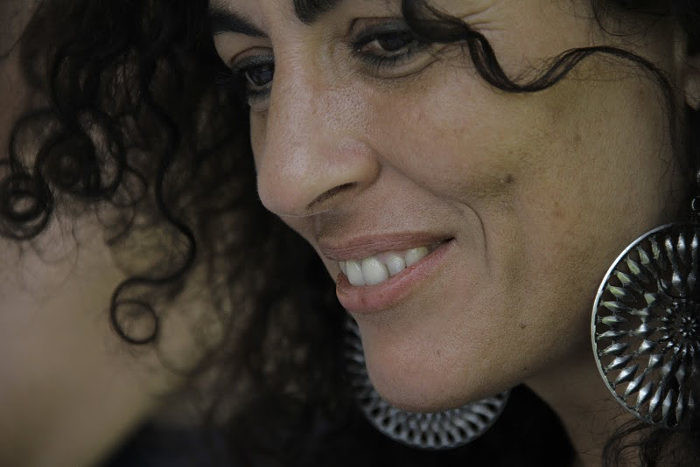
Regina Pessoa is a renowned Portuguese animator and the most awarded director in Portugal. From a complicated childhood with family problems, she was encouraged by her uncle (Uncle Tomás, who gave rise to her most recent short) to draw with burned wood on the doors and walls of her grandmother’s house to become one of the most recognized animators worldwide. And not without reason.
Her entry into the animation world happened somewhat by chance; during her degree in Painting at the Porto School of Fine Arts, she did an internship at Abi Feijó’s studio, which was producing 'Os Salteadores' / 'The Raiders' (1993). After several commercial works, she made her first short film, 'A Noite' / 'The Night,' using the plasterboard engraving technique, beginning her trilogy about childhood – followed by 'História Trágica com Final Feliz' / 'Tragic Story with Happy Ending' (2005) and 'Kali, O Pequeno Vampiro' / 'Kali, The Little Vampire' (2012).
Currently, Regina Pessoa is working on her subsequent work, which has the provisional name 'A Cara da Mãe' / 'Mother's Face,' which is based on drawings made by her mother.
Regina Pessoa’s work revolves around her own personal and family history. Nevertheless, despite this particularity, following Tolstoy’s famous phrase, she manages to speak a little about the experience of all of us. Her films are generally “sad,” talk about inadequacy, “fish out of water” situations, and are an experience that we all live at some point in our lives. As Pessoa explains, “Differences exist, persist, and are irreducible. Sometimes, they have a reason for being and correspond to temporary transit states to other states of existence. Sometimes, they are fatal... In any case, they must be assumed by whoever lives [ …]” (Ciclope Filmes, 2023).
The connection between her works and the aesthetics of engraving is a characteristic that came from a very early age, undoubtedly influenced by the drawings she made with burned wood. At the same time, and as she describes in her workshops, she likes the possibility of “excavating” the support and the results obtained with this action. I can consider a type of catharsis and synesthetic coherence about digging into one’s memories, the raw material for her films. Furthermore, to develop this action digitally, as was done in her most awarded film, 'História Trágica com Final Feliz,' Regina Pessoa developed her own technique in which the act of “digging” remains in the digital medium.
Regina Pessoa's films, ranked:
4. A Noite' / 'The Night (1999)
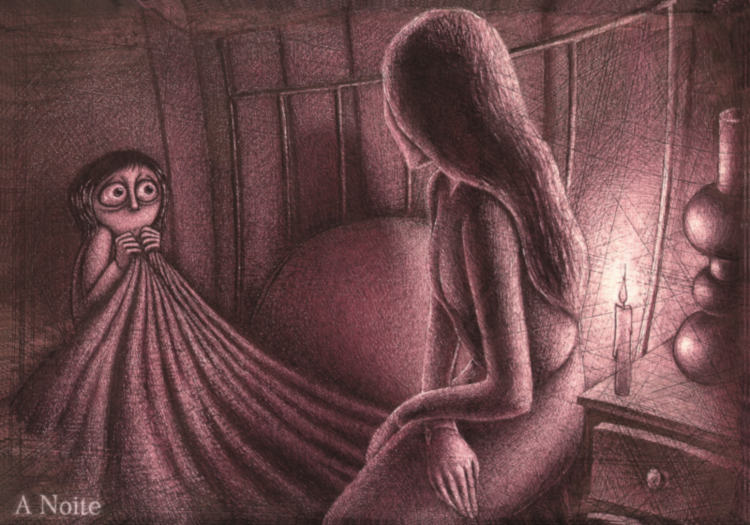
In this short film, Regina Pessoa addresses her childhood relationship with her mother, who had schizophrenia. In terms of animation work, it was a very laborious project as it was done using a technique based on traditional engraving. A plasterboard was used as a support, and the scene (entire) was embedded, photographed, and embedded again to create the next frame. It is possible to imagine how complex its production was.
It is the animator’s most “static” film, and its movements are short. The entire narrative takes place in the characters’ house at night, when the mother takes her daughter to sleep. This is related to the technique and the narrative itself. The relationship of light and shadow is a crucial point in this short, as is the mother and daughter relationship. 'The Night' and its characteristics (the uncertainty of what is seen, the dark, the fear) are what is experienced in this story.
Despite the difference in the techniques used in this short, compared to the the ones that will follow, this already presents fundamental characteristics in Regina Pessoa’s animated works: the predominance of lines, engraving, emotionality, and the large eyes of her characters.
3. Tio Tomás e a Contabilidade dos Dias / Uncle Thomas: Accounting for the Days (2019)
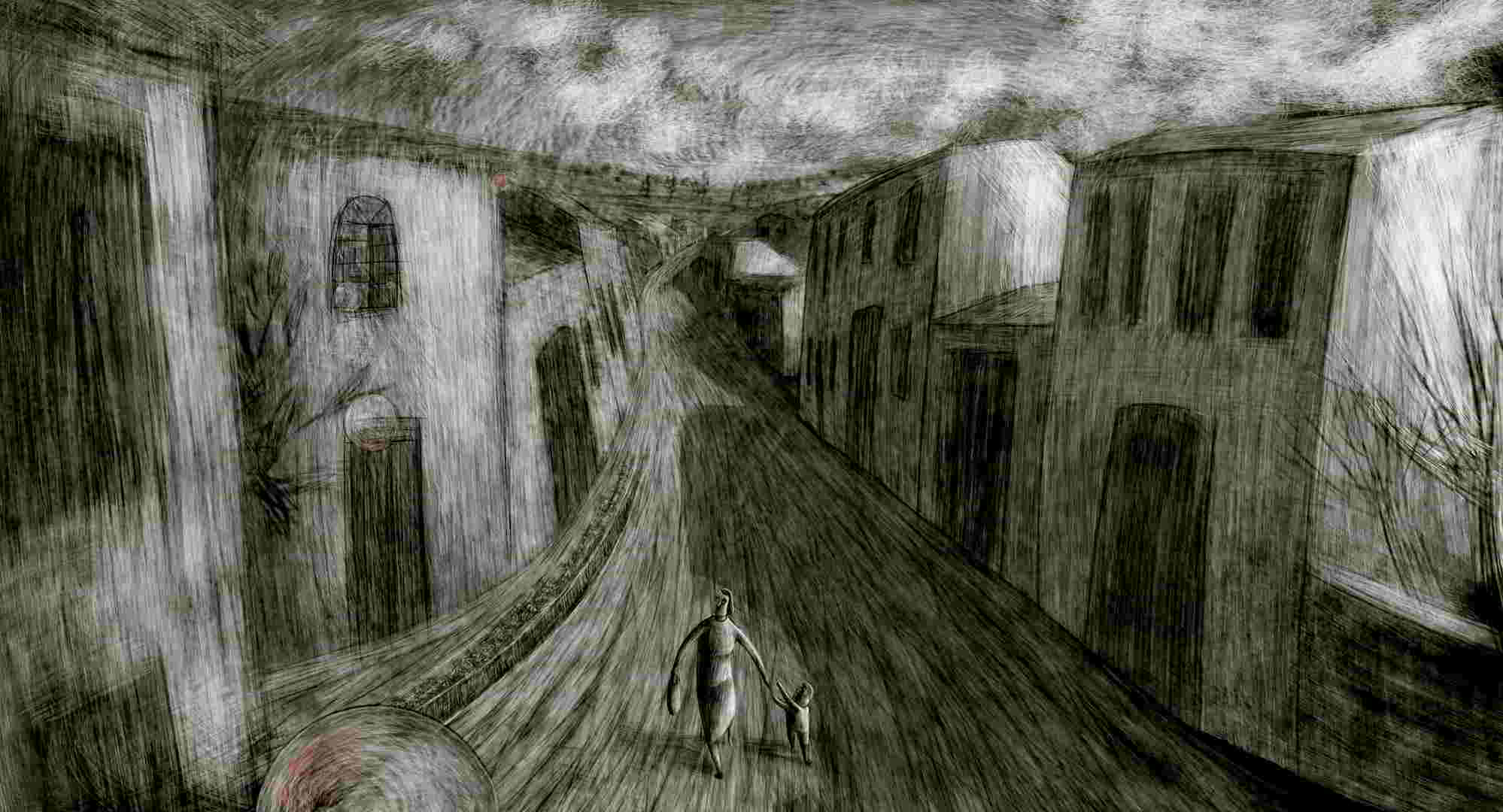
It is Regina Pessoa’s most elaborate short film. It tells the story of the animator’s uncle and what his relationship was like with his niece. Tomás was fundamental to Regina’s formation as a person and artist, and this is generously shown to us in this animation. He was an intelligent man who began to have a more introspective behavior after certain frustrating events.
Logically, it features the animator’s “digital engraving” but mixed with other animated techniques, such as pixilation, drawing on a wall, and animation with objects. These other techniques reinforce and represent the diversity of situations and facts of life that permeate this character’s narrative. However, technical differences are not contradictory or create imbalance; on the contrary. The passages from one scene to another, even with different visuals, are very well measured and demonstrate the richness and internal intensity of this character, who needed to feel safe (he wrote everything down) and needed to control an uncontrollable universe.
2. Kali, O Pequeno Vampiro / Kali, The Little Vampire (2012)
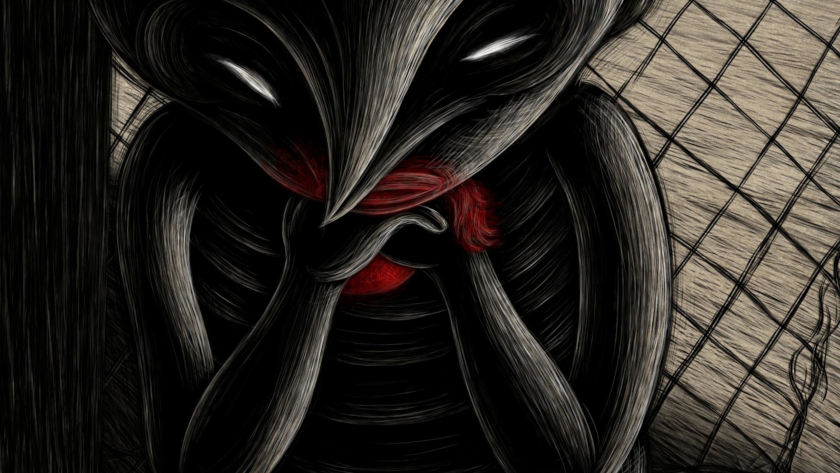
For me, it is a milestone in Regina Pessoa’s filmography, as it includes the presence of red color, breaking the monochrome characteristic until then. As usual, it tells a story of the inadequacy of the main character and the environment in which he lives.
The “digital engraving” technique is maintained in this short, with the contrast of black and white. However, in this one, the presence of black is predominant, unlike the previous short, 'Tragic Story with a Happy Ending'; this gives us the idea that the little vampire’s sadness is more remarkable that he cannot totally transcend it. The presence of the red color warns us of a more poignant, lively, and visceral emotion. Children’s relationships are revealed with care and poetry, making it clear that they can be more violent than those in the adult world.
Although 'Tragic Story with a Happy Ending' is my favorite short film by the animator, in 'Kali, The Little Vampire', the engraving technique better aligns with the narrative, with its tragic and dramatic component.
1. História Trágica com Final Feliz / Tragic Story with Happy Ending (2005)
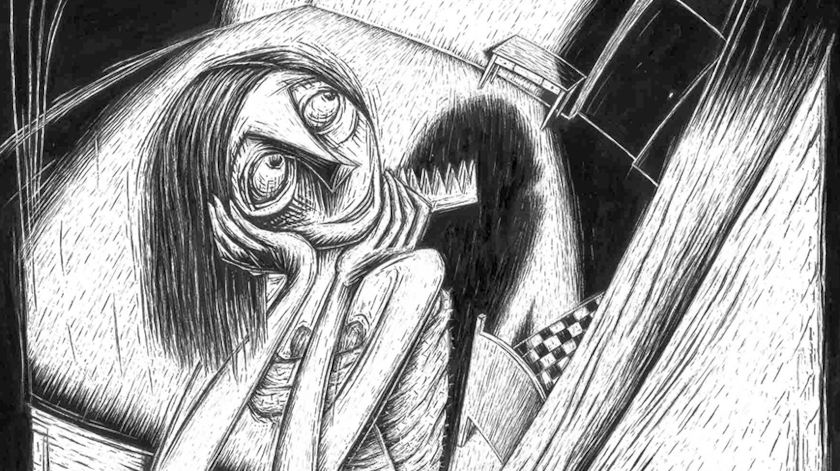
This Regina’s short is my favorite film from her filmography, and not because it was the most awarded or competed for the 2027 Academy Awards (it entered the shortlist for Best Animated Short). The film managed to more concisely translate the drama of being placed in a “wrong body” into its own animated universe and how this one crossed through a path of great suffering transcending everything she has lived. It is almost a representation of the “enlightenment” of a human being. 'Tragic Story with Happy Ending' has a graphic-poetic form to show the context of the environment, the city in which this character lives, and how it shows us the relationship between its inhabitants and her.
The aesthetic unity of black and white creates an environment of contradiction, of opposition: the spirit in a body that is not its own, of a creature of nature that lives in a social environment. The part I like most is the rain, where the character rides a bicycle through the trees. It represents the whirlwind of feelings that live inside that heart. A necessary note: the score written by Norman Roger is a tailor-made outfit and fits perfectly in every moment of the film, adding more dramatic and emotional power.
'Tragic History' is a highlight in Portuguese film production, awarded at the most important festivals such as Annecy (France), Hiroshima (Japan), and Cinanima (Portugal). A Portugal-France-Canada co-production, that was carried out at the National Film Board of Canada.
contributed by: Eliane Gordeeff




